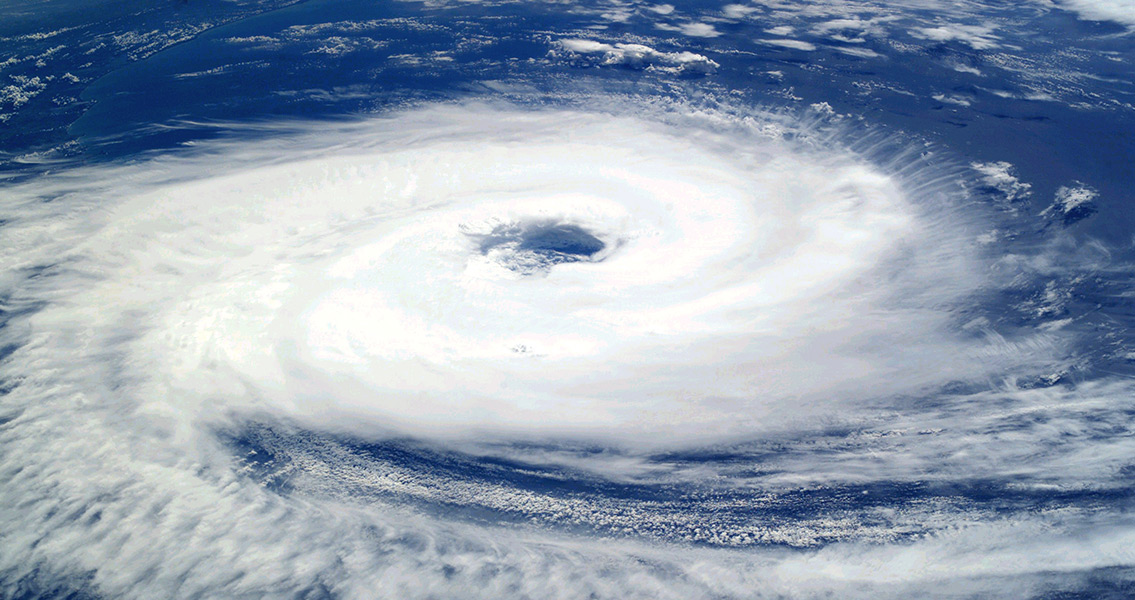<![CDATA[Giant storms, possibly more powerful than any in recorded history, used to frequently pound New England. From the peak of the Roman Empire to the height of the Middle Ages, hurricanes of immense strength ravaged the area for over 800 years. A new study of sediment deposits from Cape Cod, Massachusetts, shows that 23 severe hurricanes hit New England between 250 and 1150 CE. On average, that equates to a severe storm every 40 years. Many of these storms were more intense than any that have hit the area in recorded history. The hurricanes which lashed the northeast United States in this period would now be classed as category 3 storms - like Hurricane Katrina - or category 4 storms - like Hurricane Hugo. If these sort of storms hit the area today, catastrophic damage would be inflicted. The study, due to be published in the journal Earth's Future, is the first to reveal the history of hurricane activity in the north east Atlantic Ocean. Until now, our understanding of past climates has been hampered by a short and incomplete observational hurricane record. "These records suggest that the pre-historical interval was unlike what we've seen in the last few hundred years," said Jeffrey Donnelly, lead author of the study. The period between 250 and 1150 CE was characterised by an unusually warm sea surface temperature in the region, a contributory factor to hurricanes. Donnelly and his colleagues extracted sediment deposits from Salt Pond on Cape Cod, which is separated from the ocean by a sand barrier. Over the years, hurricanes have deposited sediment over the barrier which has remained there ever since. Similar to using tree rings to examine the climate conditions that existed in the past, researchers can examine sediment layers to tell when hurricanes happened. In the last few hundred years, the Atlantic Ocean surface temperature has been cooler. The most powerful storm to hit Cape Cod in recent history for instance, was Hurricane Bob in 1991. Hurricane Bob was only a category 2 storm, but it still stands as one of the most devastating weather events in New England's history. Bob is only one of three storms of that magnitude to have hit New England since 1600. As ocean temperatures have increased in recent decades however, the North Atlantic sea surface temperature has surpassed the warmth of prehistoric levels. The surface temperature is expected to rise further over the next century, if current climate change trends continue. "We hope this study broadens our sense of what is possible and what we should expect in a warmer climate," Donnelly said. Donnelly and his team have made a remarkable discovery which widens our understanding of our planet's climate. It also presents a stark warning for the future, if our climate keeps getting warmer. "We may need to begin planning for a category 3 hurricane landfall every decade or so rather than every 100 or 200 years." "The risk may be much greater than we anticipated," he cautioned. For more information: Image courtesy of Wikimedia commons user: Tom]]>
Monster Hurricanes Battered US Northeast 800 Years Ago
